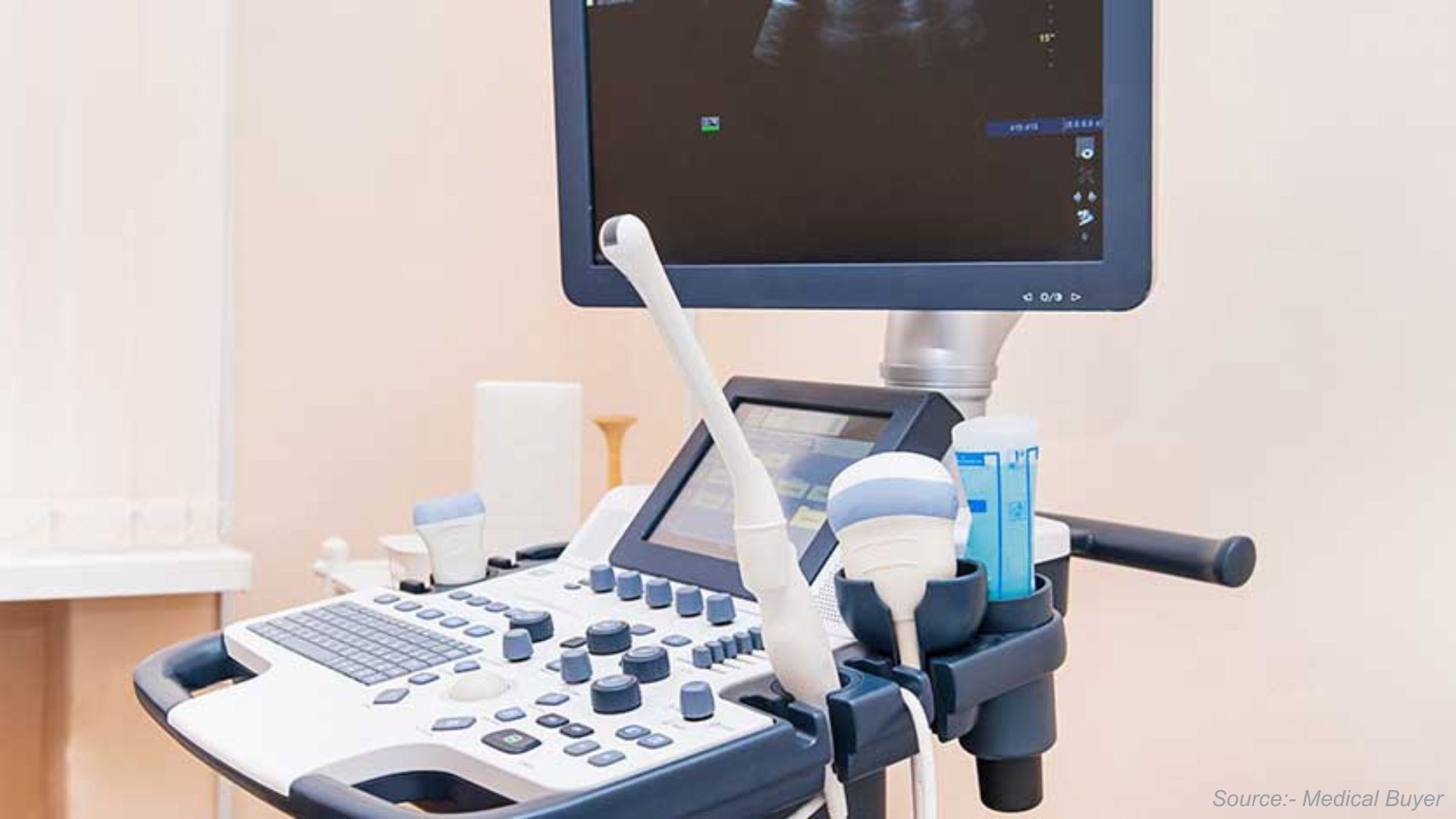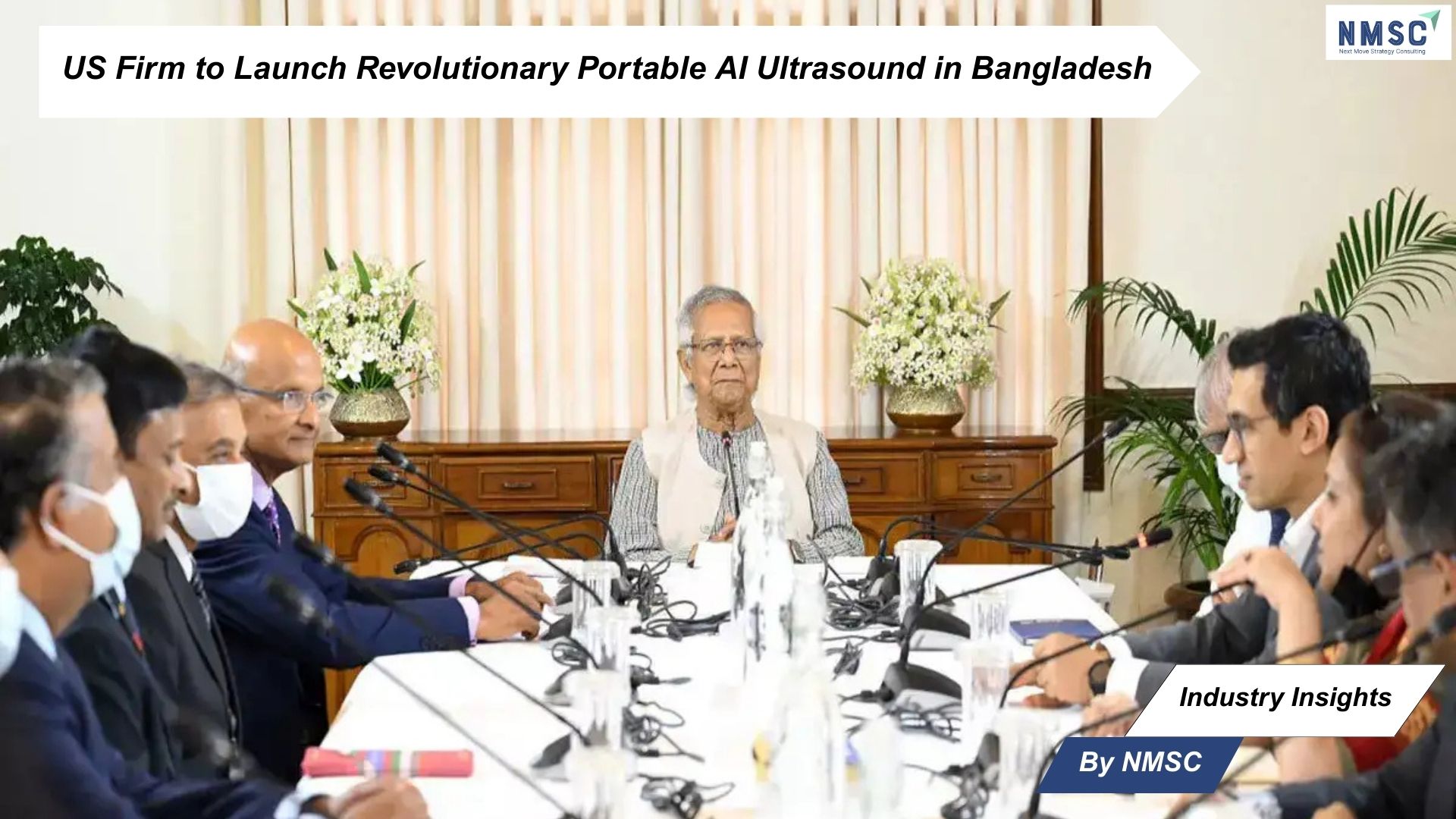Netherlands Cone-Beam Computed Tomography (CBCT) Systems Market is expected to reach USD 57.5 million by 2030
Published: 2025-04-17
The surging incidence of lip and oral cancer cases in Netherlands is driving up demand for the Netherlands Cone-Beam Computed Tomography (CBCT) Systems market during the forecast period.
Netherlands Cone-Beam Computed Tomography (CBCT) Systems Market was valued at USD 33.8 million in 2024, and is predicted to reach USD 57.5 million by 2030, with a CAGR of 8.3% from 2024 to 2030, according to new research by Next Move Strategy Consulting.
The Netherlands' Cone-Beam Computed Tomography (CBCT) market is undergoing substantial expansion due to a growing prevalence of lip and oral cancer cases. With an increasing number of people in the country being diagnosed with these types of cancers, there has been a notable increase in demand for advanced imaging technologies such as CBCT.
CBCT's capability to offer detailed and precise three-dimensional scans of the oral and maxillofacial areas is indispensable for early detection, precise diagnosis, and customized treatment planning. This functionality is driving its integration into the healthcare system of the Netherlands, allowing for more effective responses to the mounting public health issue posed by lip and oral cavity cancer. For instance, data from the World Health Organization (WHO) indicates that there were 1558 reported cases of lip and oral cavity cancer, underscoring the significant opportunities for growth in the CBCT market.
Furthermore, Phillips, a prominent global player, is actively contributing to the field of CBCT by providing advanced technology for the detection and treatment of lung cancer. This presence reinforces the efforts aimed at enhancing lung cancer detection and treatment through CBCT.
For instance, in September 2020, Philips launched a new 3D CT X-ray system specifically designed to expedite the diagnosis of lung cancer. The system combines the speed of computed tomography (CT) scans with advanced 3D imaging capabilities, allowing for accurate detection of lung nodules and other abnormalities associated with lung cancer. This innovative solution aims to enhance the efficiency of lung cancer diagnosis, enabling healthcare professionals to provide timely and effective treatment to patients.
However, the significant cost linked to the acquisition of Cone Beam Computed Tomography (CBCT) machines can act as a significant barrier to the growth of the CBCT market. The initial investment needed to acquire CBCT machines can be a deterrent, especially for healthcare facilities such as smaller clinics or practices with limited budgets. This elevated expense includes not just the purchase of the machine itself but also factors in costs associated with installation, maintenance, and training.
The financial challenges related to CBCT machines can impede their adoption, particularly in regions with limited resources or within healthcare environments where budget constraints are significant. This can lead to constraints on the availability and accessibility of CBCT technology, thereby hindering its widespread integration across various healthcare facilities.
On the other hand, the integration of Artificial Intelligence (AI) in CBCT software has the potential to revolutionize the field of imaging and significantly enhance the capabilities of CBCT technology. With AI algorithms, CBCT software can analyze and interpret images with greater precision and efficiency. These algorithms can be trained to automatically detect and segment anatomical structures, lesions, and abnormalities, providing valuable insights to clinicians. By automating these tasks, AI integration can save time and improve diagnostic accuracy, ultimately leading to more effective treatment planning.
Additionally, AI-powered CBCT software can simulate and visualize treatment outcomes, enabling clinicians to better plan and communicate treatment options with patients. Whether it's virtual implant placement, orthodontic treatment simulations, or surgical planning, the integration of AI in CBCT software offers new possibilities for personalized and optimized patient care. It holds the promise of streamlining workflows, reducing manual labor, and enhancing the overall efficiency and precision of CBCT imaging in various medical and dental applications.
Request for a Sample PDF on the Netherlands CBCT Systems Market
According to the report, leading players in the Netherlands Cone-Beam Computed Tomography (CBCT) Systems market include Carestream Dental, Dentsply Sirona Inc., OSSTEM IMPLANT CO. LTD., DEXIS LLC, Kavo Dental, MyRay (Cefla Group), PointNix, Planmed Oy, J. Morita Mfg. Corp., HDX WILL and others.
Key Insights from the Netherlands Cone-Beam Computed Tomography (CBCT) Systems Market Report:
-
The information related to key drivers, restraints, and opportunities and their impact on the Netherlands Cone-Beam Computed Tomography (CBCT) Systems market is provided in the report.
-
The value chain analysis in the market study provides a clear picture of the roles of each stakeholder.
-
The market share of players in the Netherlands Cone-Beam Computed Tomography (CBCT) Systems market is provided in the report along with their competitive analysis.
















Add Comment